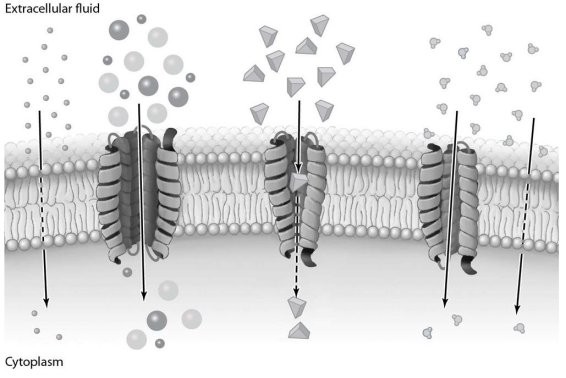 The processes illustrated in Figure 3.4 do not require energy input.
The processes illustrated in Figure 3.4 do not require energy input.
Answer the following statement true (T) or false (F)
True
You might also like to view...
Arsenic poisoning can lead to organ failure and death. Though arsenic can inhibit or interfere with a number of cellular enzymes, arsenic poisoning is thought to be mainly due to indirect inhibition of enzymes involved in both pyruvate oxidation and the Krebs cycle. As a result, this compound must be able to enter which cellular compartment?
A. The cytoplasm B. The nucleus C. The intermembrane space of the mitochondria D. The mitochondrial matrix E. The endoplasmic reticulum Clarify Question What is the key concept addressed by the question? What type of thinking is required? Gather Content What do you already know about pyruvate oxidation and the Krebs cycle? What other information is related to the question? Choose Answer Do you have all necessary information to determine where arsenic poisoning would have its greatest impact within the cell?
In terms of gas solubility in sea water, what is the correct relationship?
a. Carbon dioxide > oxygen > nitrogen b. Oxygen > carbon dioxide > nitrogen c. Nitrogen > carbon dioxide > oxygen d. Carbon dioxide > nitrogen > oxygen e. Oxygen > nitrogen > carbon dioxide
A challenge to traditional (pre-1860) ideas about species came from embryology, when it was discovered that _____.
A. mutations have a far more dramatic effect on embryos than on adult organisms B. the embryological development of many plants and animals is almost identical C. the more advanced the animal, the more slowly it develops D. embryos of dissimilar organisms, such as sharks and humans, resemble each other E. all animals develop similar embryonic gills
Diagram the evolutionary relationships between Neanderthals and chimpanzees based on genomic data. What will be an ideal response?